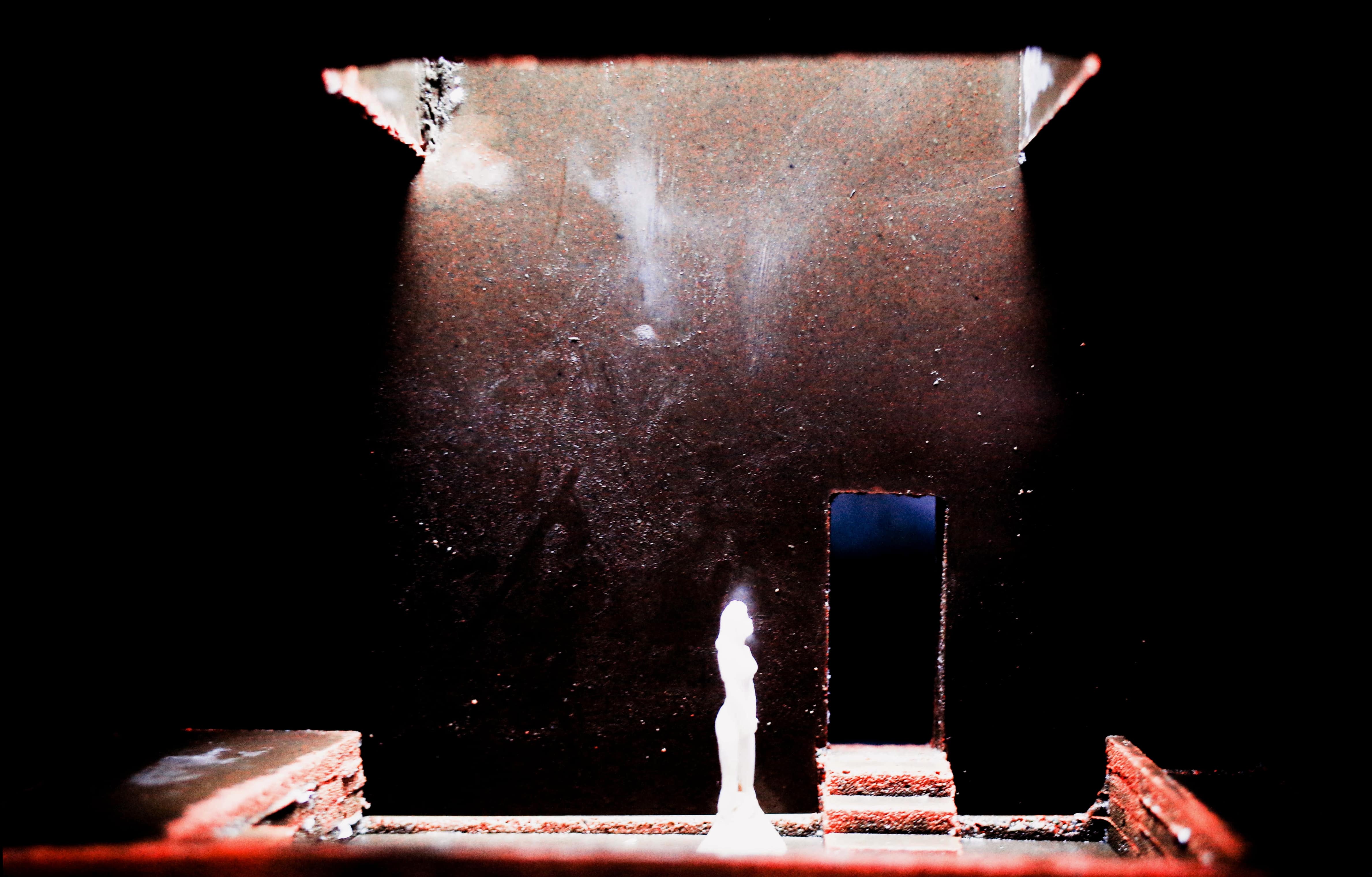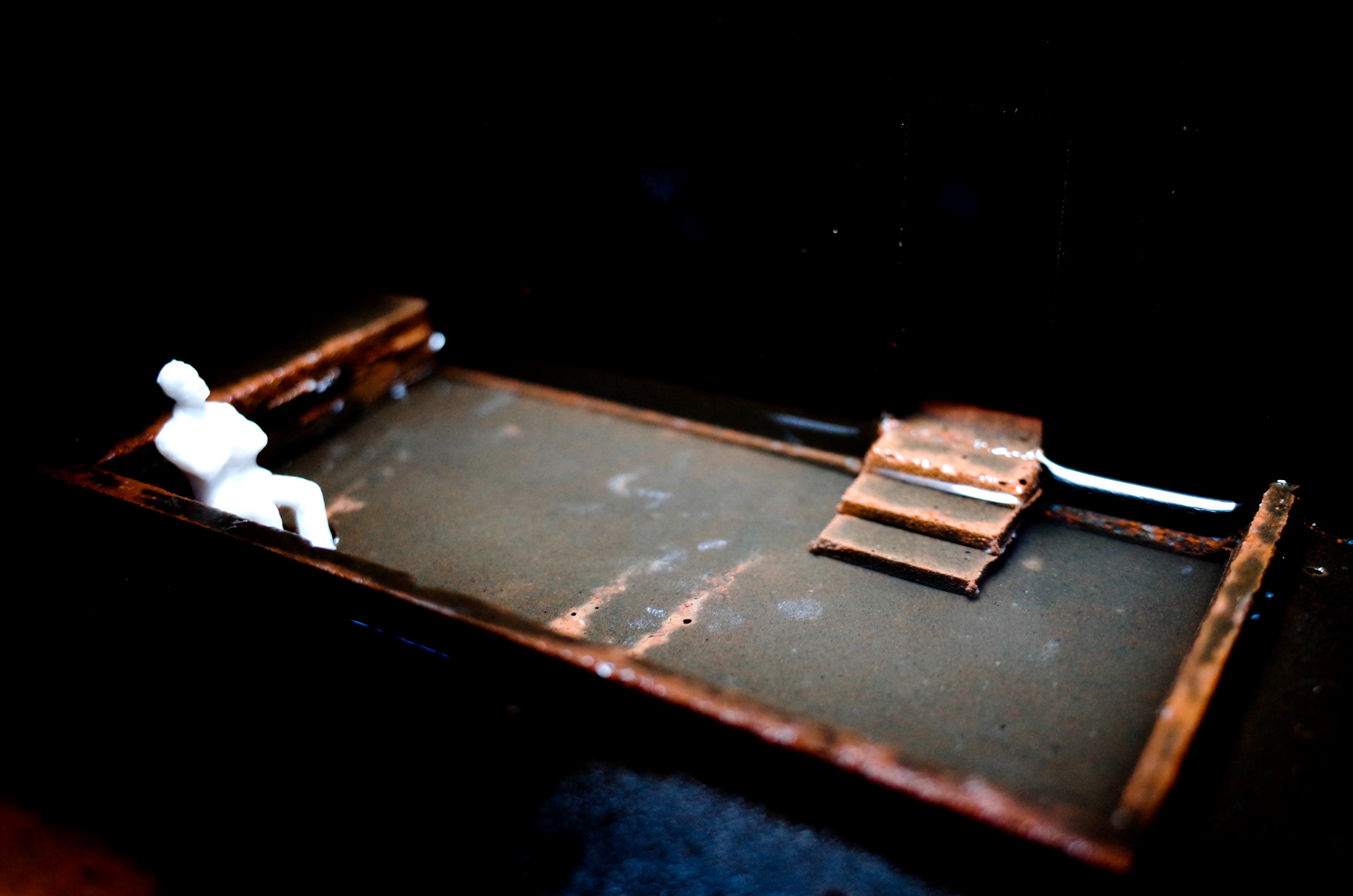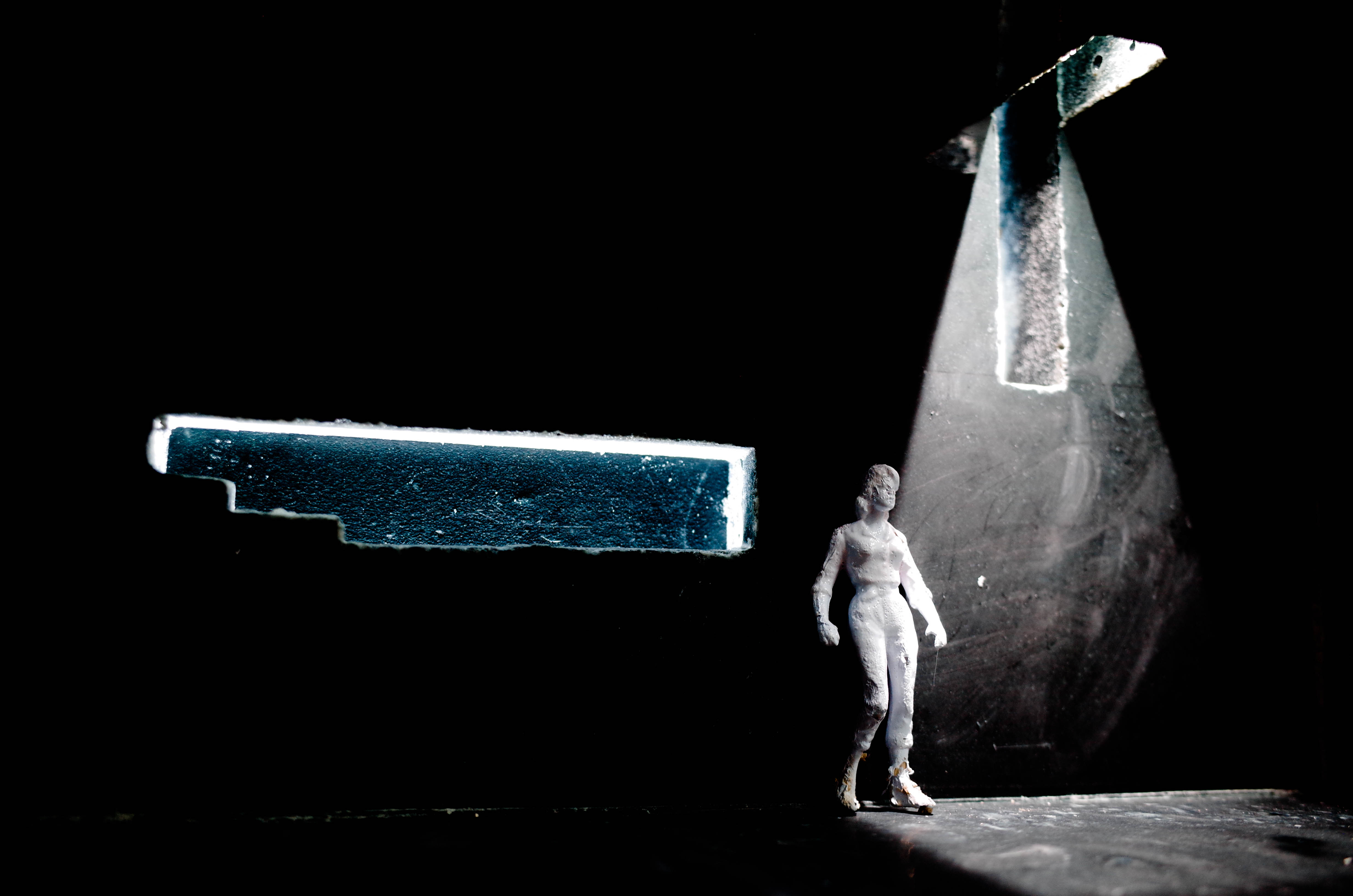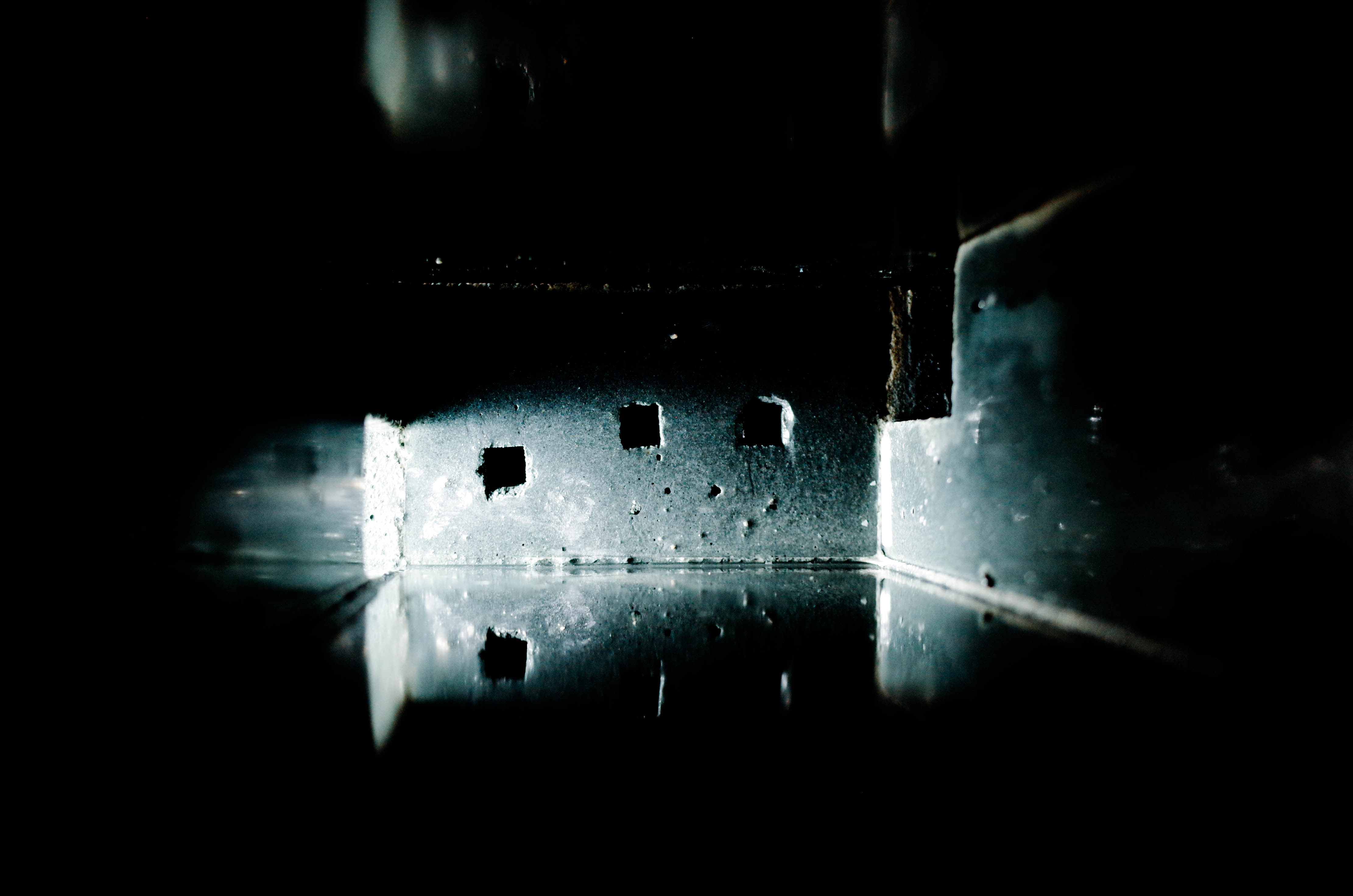From prehistoric times to modern days, people tried every method to measure the invisible geothermal heat and the white vapor emitting from the surface. Ancient measures utilized the trajectories of celestial bodies, animals and plants to describe Jinlun. Modern probes recorded dramatic changes with drilling wells and archaeological techniques at a depth of 2,000 meters. This creates a huge scale difference between human perception and geothermal machines. I am curious about how architecture can serve as a tool for revealing what is hidden underneath.
When the human scale is involved in the geothermal machine, can it be translated into a new spatial imagination or become the possibility of understanding conflict? I incorporated varying physical experiences into the geothermal power station. Travelers will experience geothermal energy through temperature, light, scale, touch, sound, vapor, humidity and color. Along with the energy research center, it will become a bathhouse for the residents, raising the awareness of the human body and energy.
During the process, I tried to measure the temporality of the material. Using alkali-activated slag, I experimented with black mud, laterite and serpentine and fly ash, then re-irrigated them to form the mass of the geothermal power plant. From a day, a month, a year, the wall surface color will gradually fade due to the gradual evaporation of crystal water. The traces of the natural decay of the materials reflect the continuous superimposition of the historicity of this field. This creates an experience that changes over time.
Different states of water in space correspond to temperature changes in the power generation process. The power station will transform from a place that only exports natural resources to a place that offers different physical experiences.





